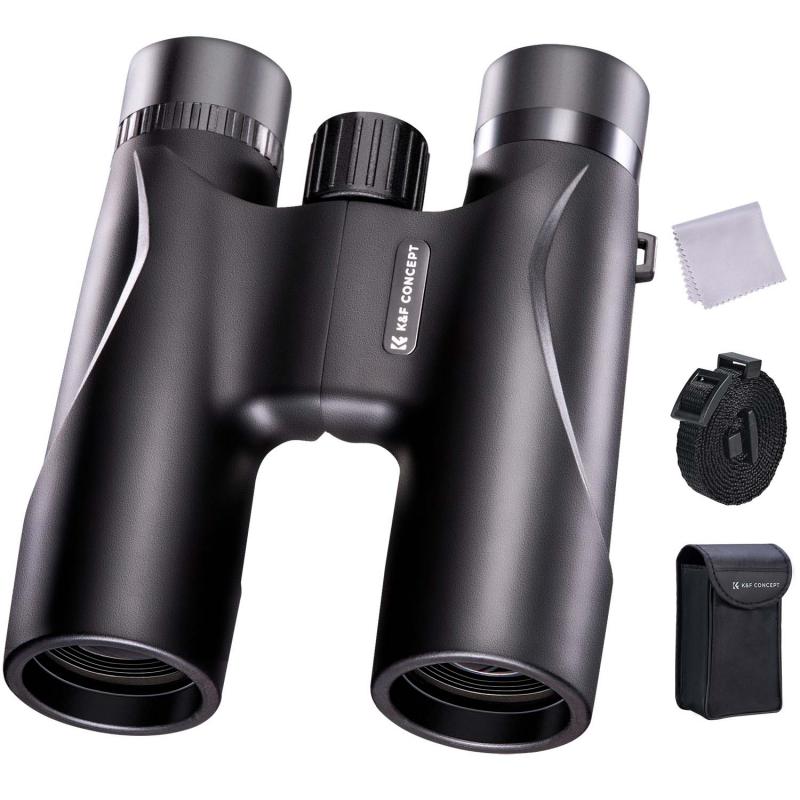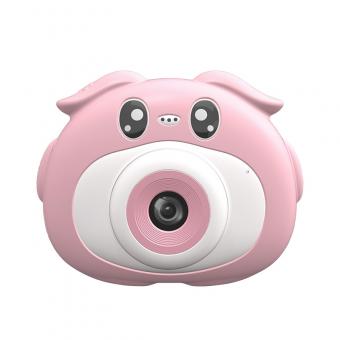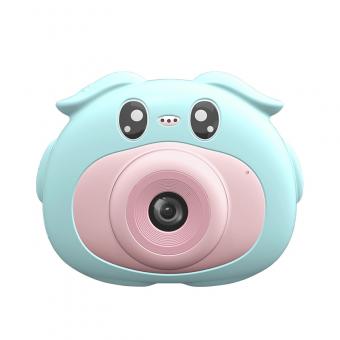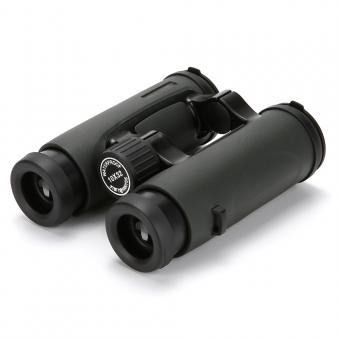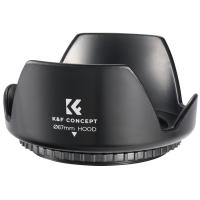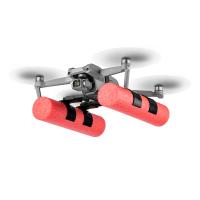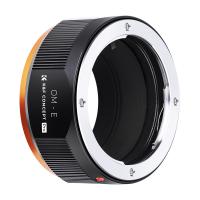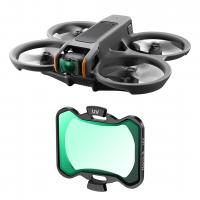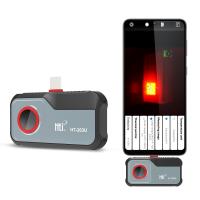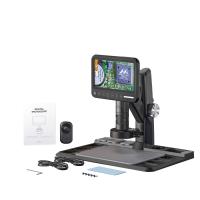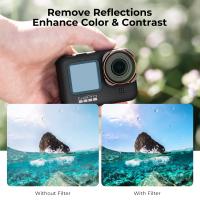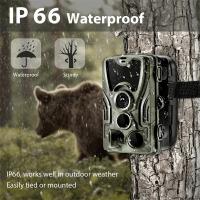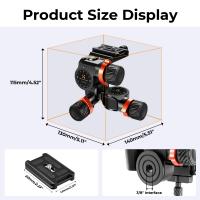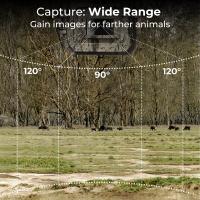How To Determine Good Binoculars ?
To determine good binoculars, consider factors such as the magnification power, objective lens diameter, field of view, lens quality, and overall build quality. Higher magnification allows for closer views, while a larger objective lens diameter allows more light to enter, resulting in brighter images. A wider field of view provides a broader visual range. Quality lenses with coatings enhance image clarity and reduce glare. Additionally, a sturdy build with waterproof and fog-proof features ensures durability and usability in various conditions. Considering these factors will help determine the quality of binoculars.
1、 Magnification power
When determining good binoculars, one of the most important factors to consider is the magnification power. Magnification power refers to how much closer an object appears when viewed through the binoculars compared to the naked eye. It is typically denoted by a number followed by an "x" (e.g., 8x, 10x).
The magnification power of binoculars is crucial because it directly affects the level of detail and clarity you can see. Higher magnification power allows for a closer view of distant objects, making it ideal for activities like birdwatching, stargazing, or wildlife observation. However, it's important to note that higher magnification also results in a narrower field of view and can make image stabilization more challenging.
The latest point of view on magnification power suggests that a moderate range of 8x to 10x is generally recommended for most outdoor activities. This range strikes a balance between magnification and field of view, providing a clear and steady image while still allowing for a wider perspective. Higher magnification powers, such as 12x or 16x, may be suitable for specific purposes like astronomy, but they can be more challenging to use without a tripod or image stabilization technology.
Ultimately, the choice of magnification power depends on your intended use and personal preferences. It's important to consider factors like the activity you'll be using the binoculars for, the environment you'll be in, and your own ability to stabilize the image. By carefully considering these factors, you can determine the right magnification power for your needs and find a pair of binoculars that will provide an optimal viewing experience.
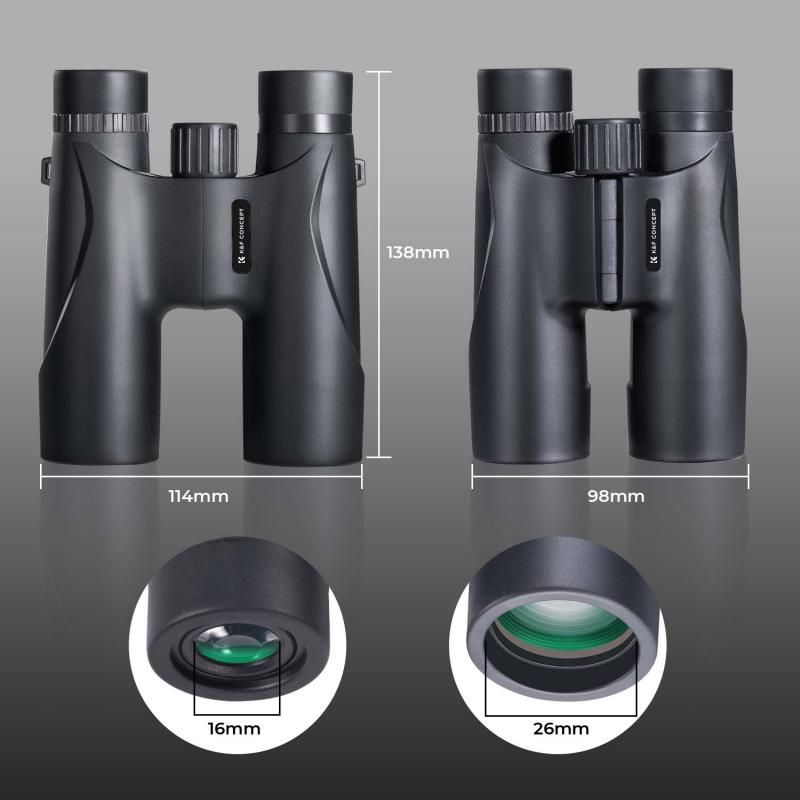
2、 Objective lens diameter
When determining good binoculars, one important factor to consider is the objective lens diameter. The objective lens is the larger lens at the front of the binoculars that gathers light and determines the brightness of the image. The diameter of the objective lens is measured in millimeters and is usually indicated in the binoculars' specifications.
A larger objective lens diameter allows more light to enter the binoculars, resulting in a brighter image. This is particularly important in low-light conditions, such as at dawn or dusk, or when observing distant objects. Binoculars with larger objective lenses also tend to have a wider field of view, allowing you to see more of the scene at once.
However, it is important to note that a larger objective lens diameter also means a larger and heavier pair of binoculars. This can make them less portable and more difficult to hold steady. Additionally, larger objective lenses may require a larger exit pupil, which is the diameter of the beam of light that reaches your eye. If the exit pupil is larger than the diameter of your eye's pupil, some of the light will be wasted.
In recent years, there has been a trend towards compact and lightweight binoculars with smaller objective lens diameters. These binoculars are more portable and easier to handle, making them popular among travelers and outdoor enthusiasts. Advances in lens and coating technology have also improved the brightness and image quality of binoculars with smaller objective lenses.
Ultimately, the choice of objective lens diameter depends on your specific needs and preferences. If you prioritize brightness and a wide field of view, then larger objective lenses may be the better option. However, if portability and ease of use are more important to you, then compact binoculars with smaller objective lenses may be the way to go.
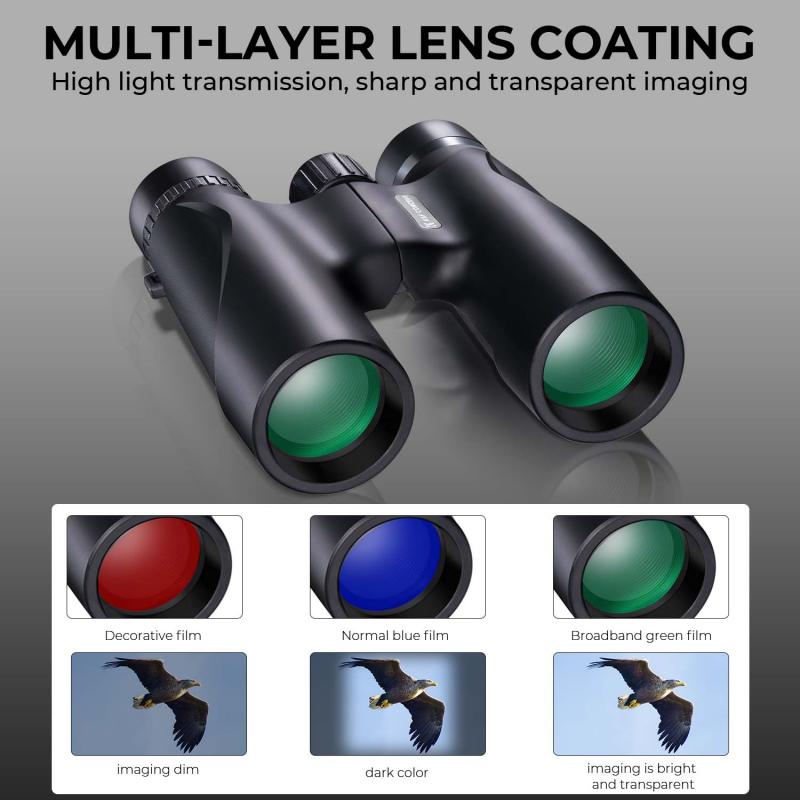
3、 Field of view
When determining good binoculars, one important factor to consider is the field of view. The field of view refers to the width of the area that can be seen through the binoculars at a specific distance. A wider field of view allows for a larger area to be observed, making it easier to track moving objects or scan a landscape.
To determine the field of view of binoculars, you can look for specifications provided by the manufacturer. The field of view is usually expressed in degrees or as the width of the area in feet at a specific distance. A wider field of view is generally preferred, as it provides a more immersive and panoramic viewing experience.
However, it is important to note that a wider field of view often comes at the expense of magnification. Higher magnification binoculars tend to have a narrower field of view. Therefore, it is crucial to strike a balance between magnification and field of view based on your specific needs and preferences.
In recent years, there have been advancements in binocular technology that have improved the field of view. Some manufacturers have introduced wide-angle binoculars that offer an even wider field of view, providing a more expansive and detailed view of the surroundings. These wide-angle binoculars are particularly popular among birdwatchers, nature enthusiasts, and sports spectators.
In conclusion, when determining good binoculars, the field of view is an important factor to consider. A wider field of view allows for a larger area to be observed, enhancing the overall viewing experience. However, it is essential to find a balance between magnification and field of view based on your specific needs.
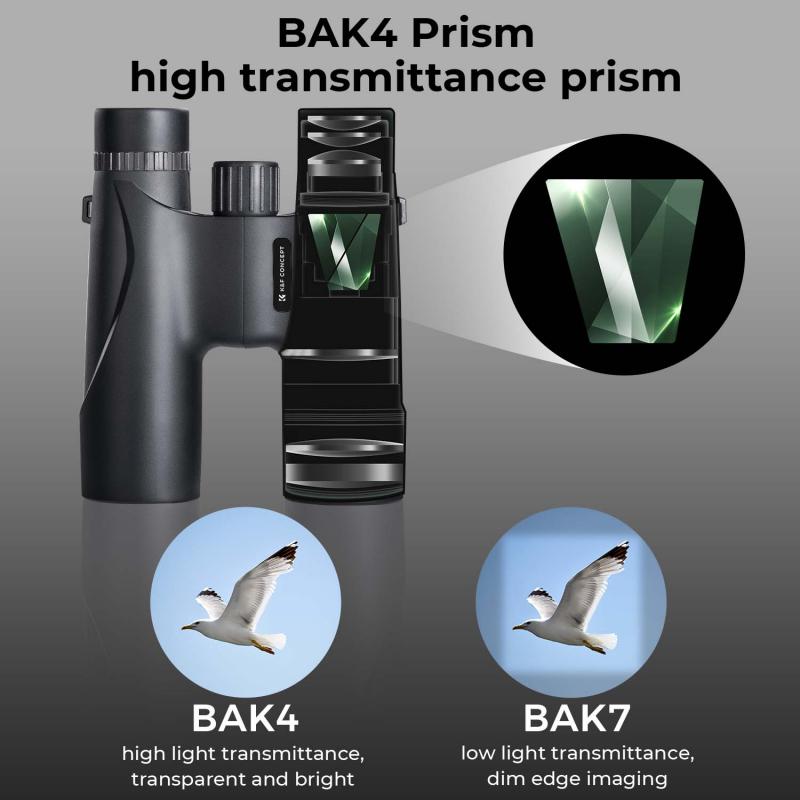
4、 Lens coating and quality
When determining the quality of binoculars, one of the most important factors to consider is the lens coating. Lens coating plays a crucial role in enhancing the performance of binoculars by reducing glare, improving light transmission, and increasing image clarity. High-quality binoculars often feature multiple layers of anti-reflective coatings on their lenses, which help to minimize reflections and maximize light transmission.
There are different types of lens coatings available, such as fully coated, multi-coated, and fully multi-coated. Fully coated lenses have a single layer of coating on all air-to-glass surfaces, while multi-coated lenses have multiple layers on at least one surface. Fully multi-coated lenses, on the other hand, have multiple layers on all air-to-glass surfaces. The more layers of coating, the better the binoculars will perform in terms of image quality.
In addition to lens coating, the quality of the lenses themselves is also crucial. High-quality binoculars often use premium glass materials, such as ED (Extra-low Dispersion) or HD (High Definition) glass, which minimize chromatic aberration and provide sharper, more accurate colors.
It is worth noting that advancements in lens coating technology have been made in recent years. For example, some manufacturers have introduced hydrophobic coatings that repel water, oil, and dirt, making the lenses easier to clean and maintain. Additionally, some binoculars now feature phase correction coatings on their prisms, which improve image resolution and contrast.
In conclusion, when determining the quality of binoculars, it is important to consider the lens coating and quality. Look for binoculars with multiple layers of anti-reflective coatings and premium glass materials. Stay updated with the latest advancements in lens coating technology, as they can further enhance the performance and durability of binoculars.
